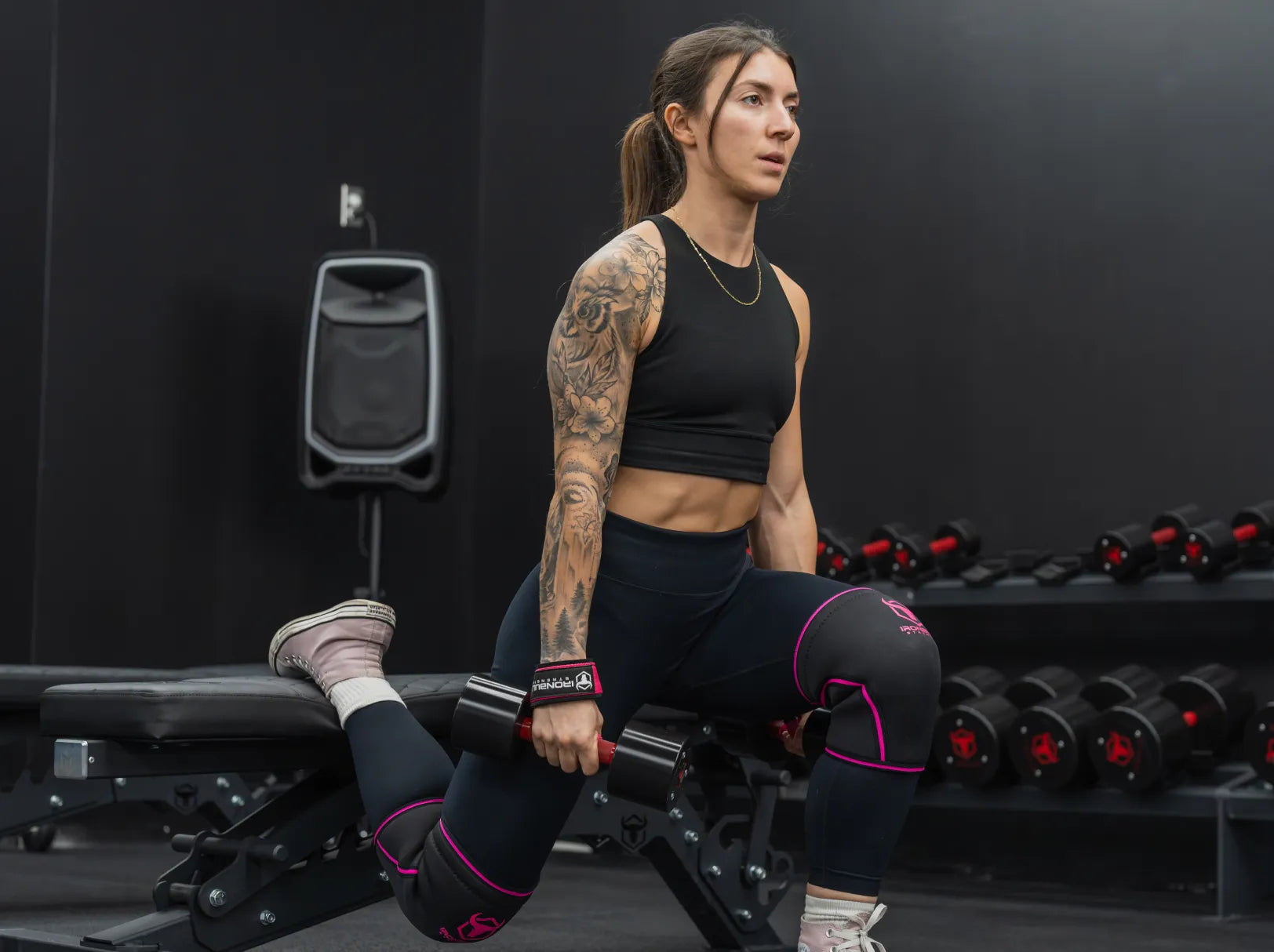
Hidden Joint Risks in Raw Lifting: What Every Lifter Should Know About Support Equipment
Raw lifting places significant stress on your joints during heavy movements. Understanding proper joint support is crucial for both performance and injury prevention.

Female weightlifter training in gym
Joint Impact During Heavy Lifts
During heavy lifts, joints experience considerable stress. For example, during a bench press, wrists naturally bend backward under load, potentially exceeding safe ranges of motion. This repeated stress can cause micro-trauma to ligaments and tendons over time.
Research shows that proper joint alignment and temperature regulation are crucial factors:
- Optimal joint positioning reduces stress on supporting structures
- Compression helps maintain joint warmth
- Better circulation supports tissue health and lubrication
- Injury rates range from 1.0 to 4.4 per 1,000 training hours
Key Support Equipment Features
Effective joint support equipment should include:
Wrist Wraps:
- 18-inch length for optimal support
- Cotton/elastic blend for flexibility
- Level 1 compression for maintained mobility
Knee Sleeves:
- 7mm thickness for stability
- SCR neoprene construction
- Level 2 compression
- 30cm length meeting competition standards
Elbow Protection:
- 5mm sleeves with Level 1 compression
- 20cm length for full joint coverage
- Premium wraps available in 40-inch and 60-inch lengths
Proper Implementation
To maximize benefits:
- Use support gear during heavier sets
- Ensure proper sizing for optimal compression
- Maintain proper form
- Keep equipment snug but not restricting circulation
- Verify competition compliance if competing
Long-term joint health requires consistent, proper use of support equipment. This approach allows for harder training while minimizing injury risk, supported by current research in sports medicine and biomechanics.
Consider support equipment as an investment in lifting longevity rather than an optional accessory. Regular use of properly fitted gear helps maintain joint health and may prevent costly injuries requiring medical intervention.
Related Articles

Bodybuilding.com's Signature™ Line Relaunches with Clean Formulas and Expanded Product Range for 2025

